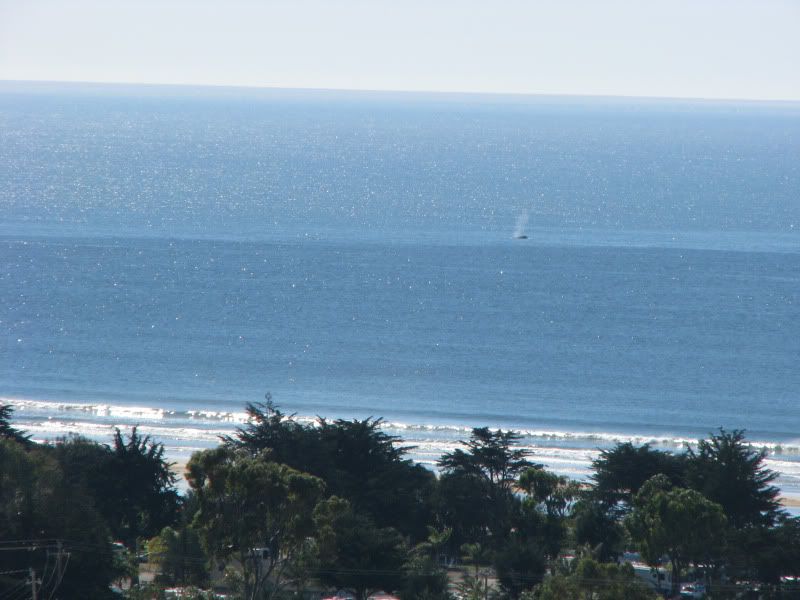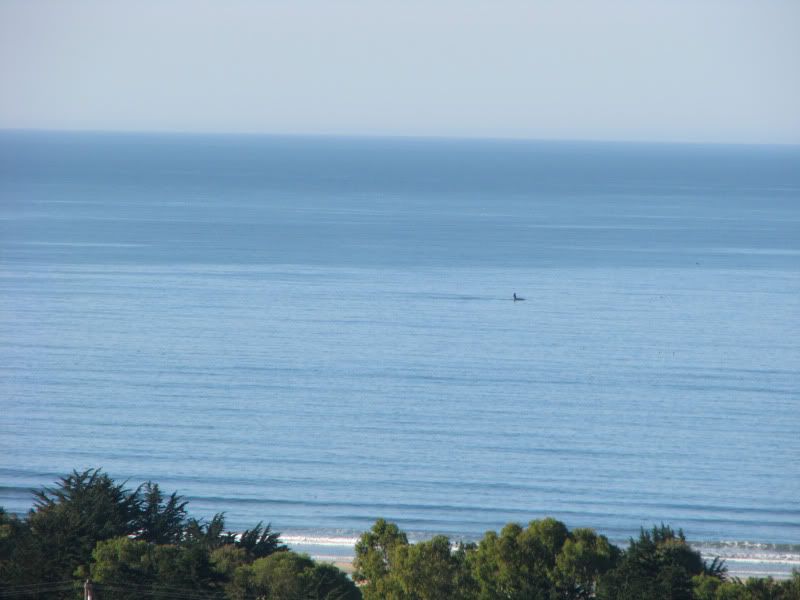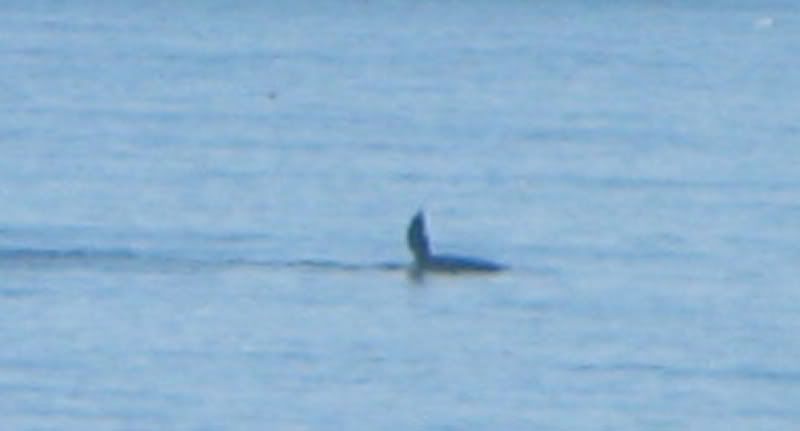I've never been into photography and currently have a Canon Powershot 5SiS for the obligatory shots of family occasionally needed. We recently moved into a home that is elevated 200 feet above and 4,200 feet from the Pismo Beach, CA coast.
This past week, lots of feeding and breaching whales have been visible. It would be fun to get some good, close shots but the Canon, if I'm not mistaken, is only a 12x physical zoom and whales come out as tiny dots at full zoom. The whales range from about 300 feet to a mile offshore. So I'm trying to shoot objects between 1 and 2 miles distant.
I'd like to get something of a better quality with much higher zoom capabilities. I'm familiar with terms like full frame CMOS and dual processors and somewhat understand their technology and benefits. I've played around with manual mode and understand the relationship of F-stop and exposure time to arrive at the correct amount of light. So feel free to be very technical in your recommendations.
I have not set an upper level budget and have very quickly looked at Canon's like the 5D's and 7D's that list for around 1500 to 2500 for bodies only, some with telephoto 50 to 250 mm lenses. I think maybe I'd like to stay around 2500 for body and lens but that's not firm.
One thing I'd like to know is how to equate the mm rating on a telephoto lens - something like a lens with a 50 to 250 mm rating with the 12x's rating system. I would imagine that the 50 mm might equal X times zoom while the 250 would be much higher in the "X" rating system.
I would like to buy something only once, even if I have to wait and save a bit before I buy. Too many times in my past, I buy at entry level and take a beating upgrading a short time later to the top of the line or near it. I don't have any brand preferences. I'm a very technical person so even though I don't know too much about photography now, I can learn very quickly and lack of knowledge on my part now should not be a reason to withhold a recommendation.
I'd appreciate some recommendations and your reasons why.
This past week, lots of feeding and breaching whales have been visible. It would be fun to get some good, close shots but the Canon, if I'm not mistaken, is only a 12x physical zoom and whales come out as tiny dots at full zoom. The whales range from about 300 feet to a mile offshore. So I'm trying to shoot objects between 1 and 2 miles distant.
I'd like to get something of a better quality with much higher zoom capabilities. I'm familiar with terms like full frame CMOS and dual processors and somewhat understand their technology and benefits. I've played around with manual mode and understand the relationship of F-stop and exposure time to arrive at the correct amount of light. So feel free to be very technical in your recommendations.
I have not set an upper level budget and have very quickly looked at Canon's like the 5D's and 7D's that list for around 1500 to 2500 for bodies only, some with telephoto 50 to 250 mm lenses. I think maybe I'd like to stay around 2500 for body and lens but that's not firm.
One thing I'd like to know is how to equate the mm rating on a telephoto lens - something like a lens with a 50 to 250 mm rating with the 12x's rating system. I would imagine that the 50 mm might equal X times zoom while the 250 would be much higher in the "X" rating system.
I would like to buy something only once, even if I have to wait and save a bit before I buy. Too many times in my past, I buy at entry level and take a beating upgrading a short time later to the top of the line or near it. I don't have any brand preferences. I'm a very technical person so even though I don't know too much about photography now, I can learn very quickly and lack of knowledge on my part now should not be a reason to withhold a recommendation.
I'd appreciate some recommendations and your reasons why.
Last edited:




